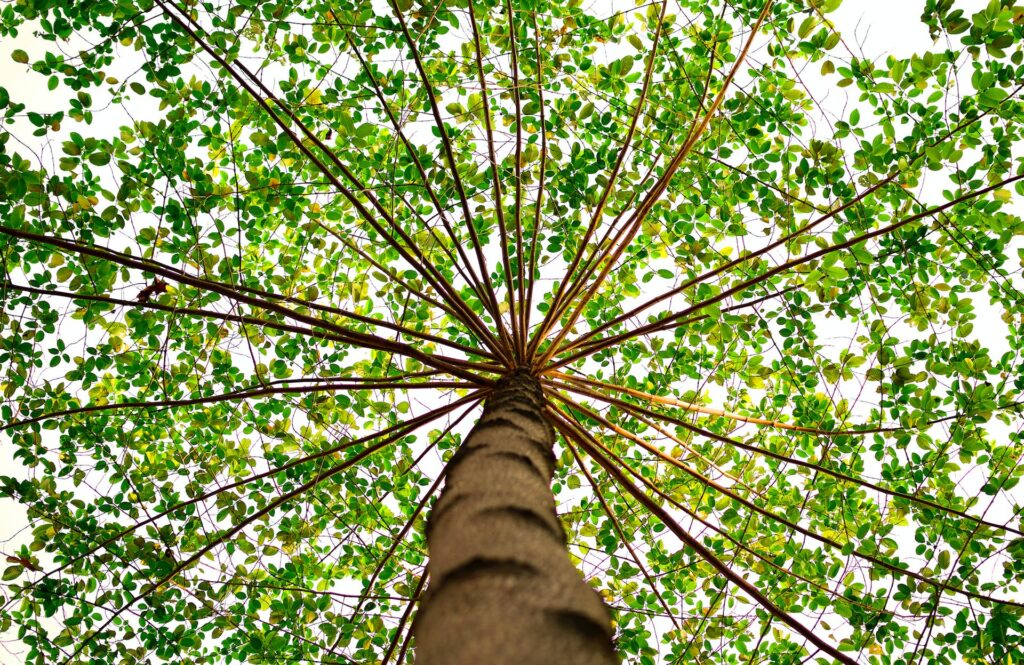Historic trees stand majestically as silent witnesses to the inexorable passage of time, bearing witness to the ever-unfolding tapestry of landscapes and the captivating stories woven into the very fabric of the communities they steadfastly inhabit. These venerable giants often become intertwined with the cultural and historical fabric of their surroundings. However, as landscape change and urbanization progresses, the need for tree removal arises, presenting a complex challenge. Arborists play a pivotal role in navigating the delicate balance between progress and preservation, ensuring the safeguarding of historic trees during removal.

Understanding the Significance of Historic Trees
Historic trees are not merely arboreal entities; they are living monuments, embodying the cultural, ecological, and historical narratives of their environments. Whether a witness to significant events, a marker of historical boundaries, or a key component of a designed landscape, these trees are repositories of memories and heritage. Recognizing their value is essential when contemplating their removal.
Arborists as Guardians of Heritage
Arborists, or tree care professionals, are not just experts in felling and pruning; they are guardians of the arborescent heritage that graces our landscapes. When tasked with the removal of historic trees, their role extends beyond technical proficiency. Arborists must meticulously assess the tree’s health, structural integrity, and the potential impact on its surroundings. Their goal is not only to safely remove the tree but to do so with the utmost respect for its historical significance.
The Delicate Dance: Balancing Preservation and Removal
The decision to remove the historic tree is never taken lightly. Arborists collaborate with historians, conservationists, and local communities to conduct thorough assessments. They consider factors such as disease, decay, safety concerns, and the overall health of the tree. In instances where removal becomes imperative, arborists ardently endeavor to salvage the maximum extent of the tree, ensuring that its enduring legacy takes tangible shape and continues to resonate with significance.
Preserving Legacy Through Propagation
Arborists employ advanced techniques such as tree cloning or grafting to propagate new generations from the genetic material of historic trees. This ensures that the legacy of these venerable trees lives on, even if the original specimens must be removed. The resulting saplings become living descendants, capable of continuing the narrative of their forebears.
The Role of Technology in Decision-Making
Modern arboriculture benefits from technological advancements that aid in decision-making during historic tree removal. Non-invasive methods like ground-penetrating radar and aerial surveys help arborists assess root health, soil conditions, and overall tree vitality without causing harm. This allows for a more nuanced understanding of the tree’s condition, aiding in informed choices regarding preservation or removal.
Community Engagement and Education
Arborists recognize the importance of engaging with local communities during the removal of historic trees. Public awareness and understanding can transform the narrative around tree removal from one of loss to an opportunity for growth. Arborists often conduct educational programs, workshops, and public forums to explain the reasons behind removal and the measures taken to ensure the tree’s legacy lives on.
Arborists stand at the intersection of progress and preservation, entrusted with the responsibility of safeguarding historic trees during removal. Their role extends beyond the technical aspects of tree care; it encompasses a profound commitment to preserving the living legacy of these arboreal monuments. As we persist in sculpting our landscapes, the symbiotic collaboration among arborists, historians, and communities not only preserves the stories of historic trees but also ensures that these narratives endure, deeply rooted in both the soil and the hearts of those who ardently cherish them.
